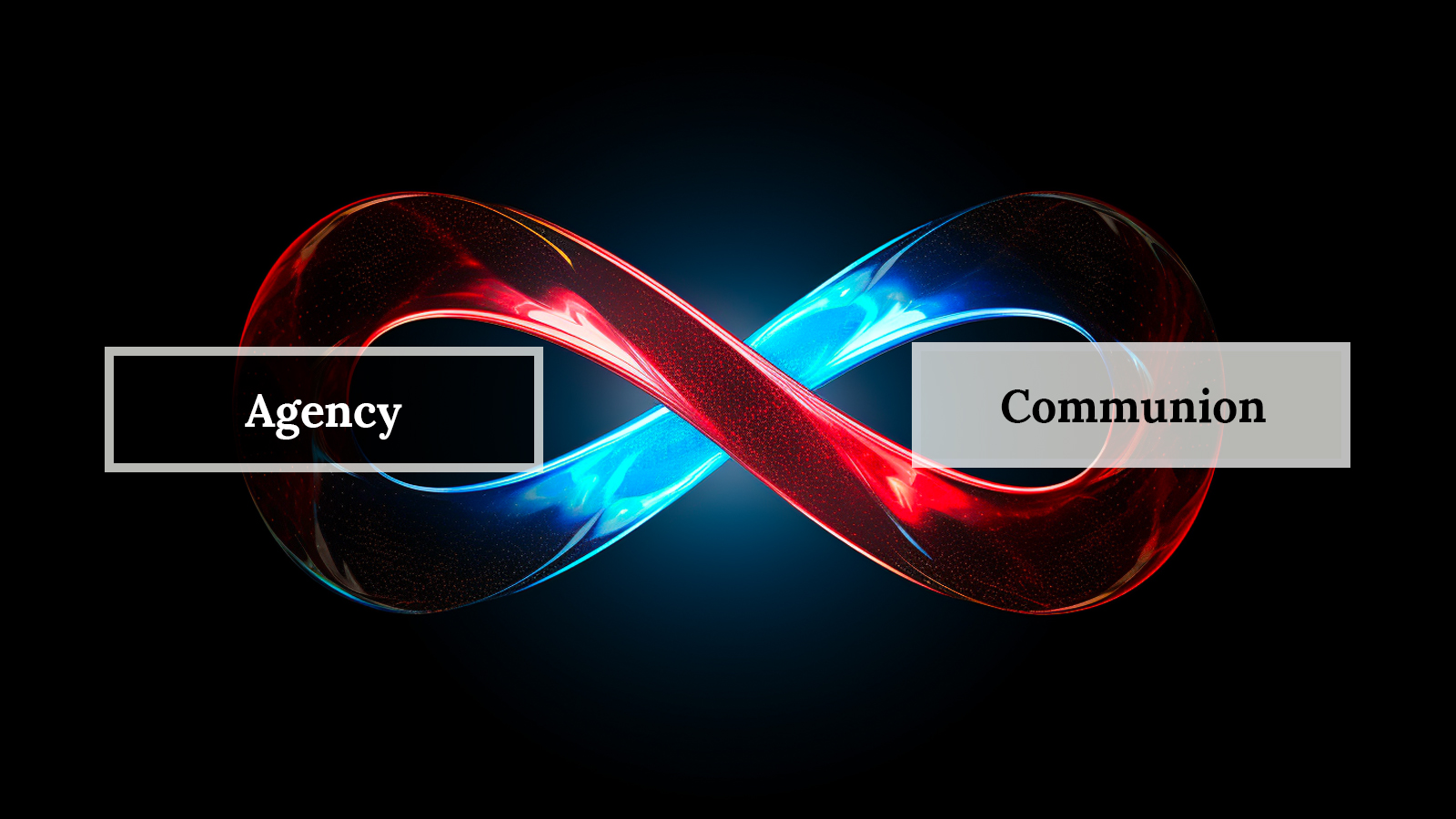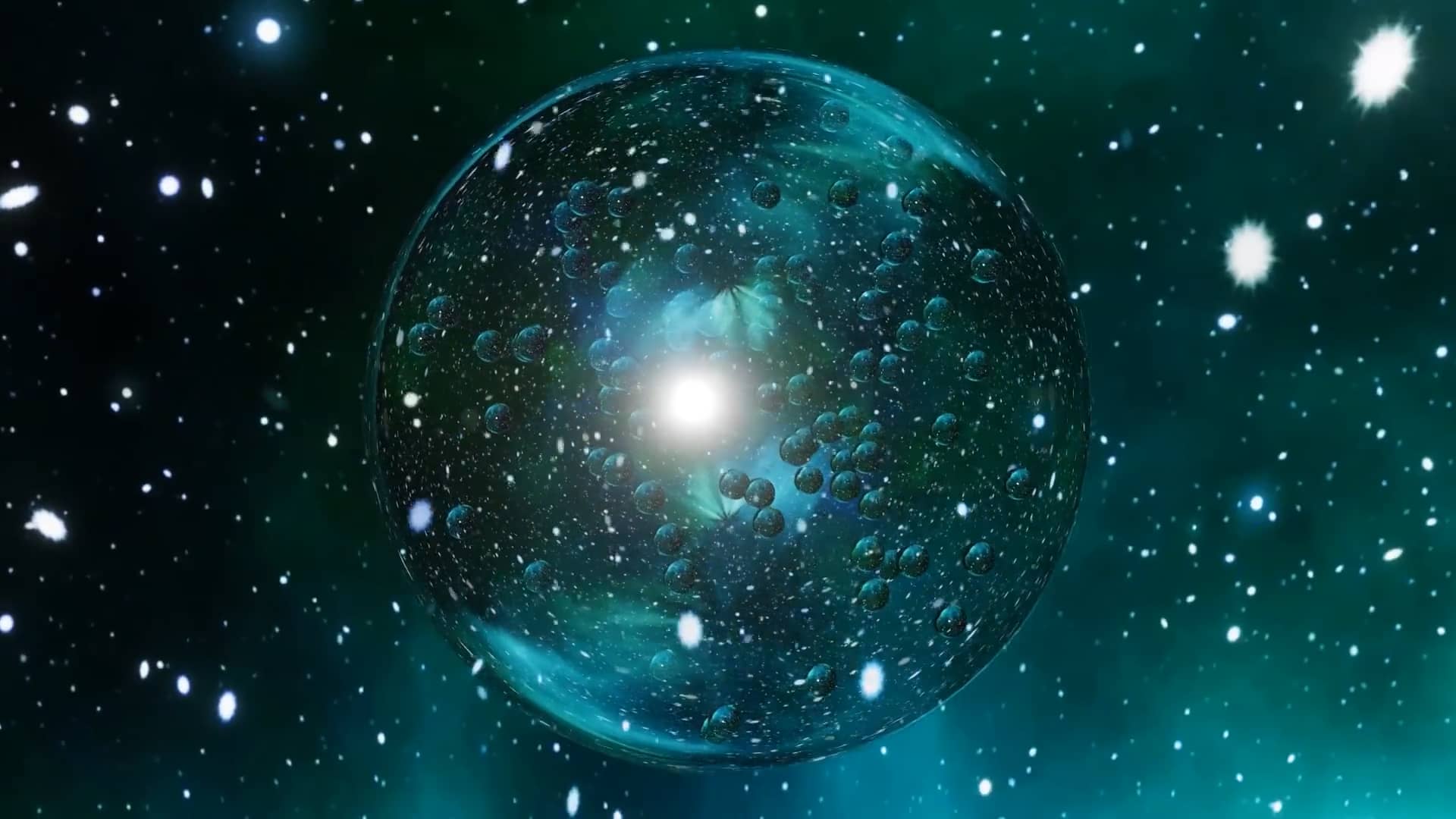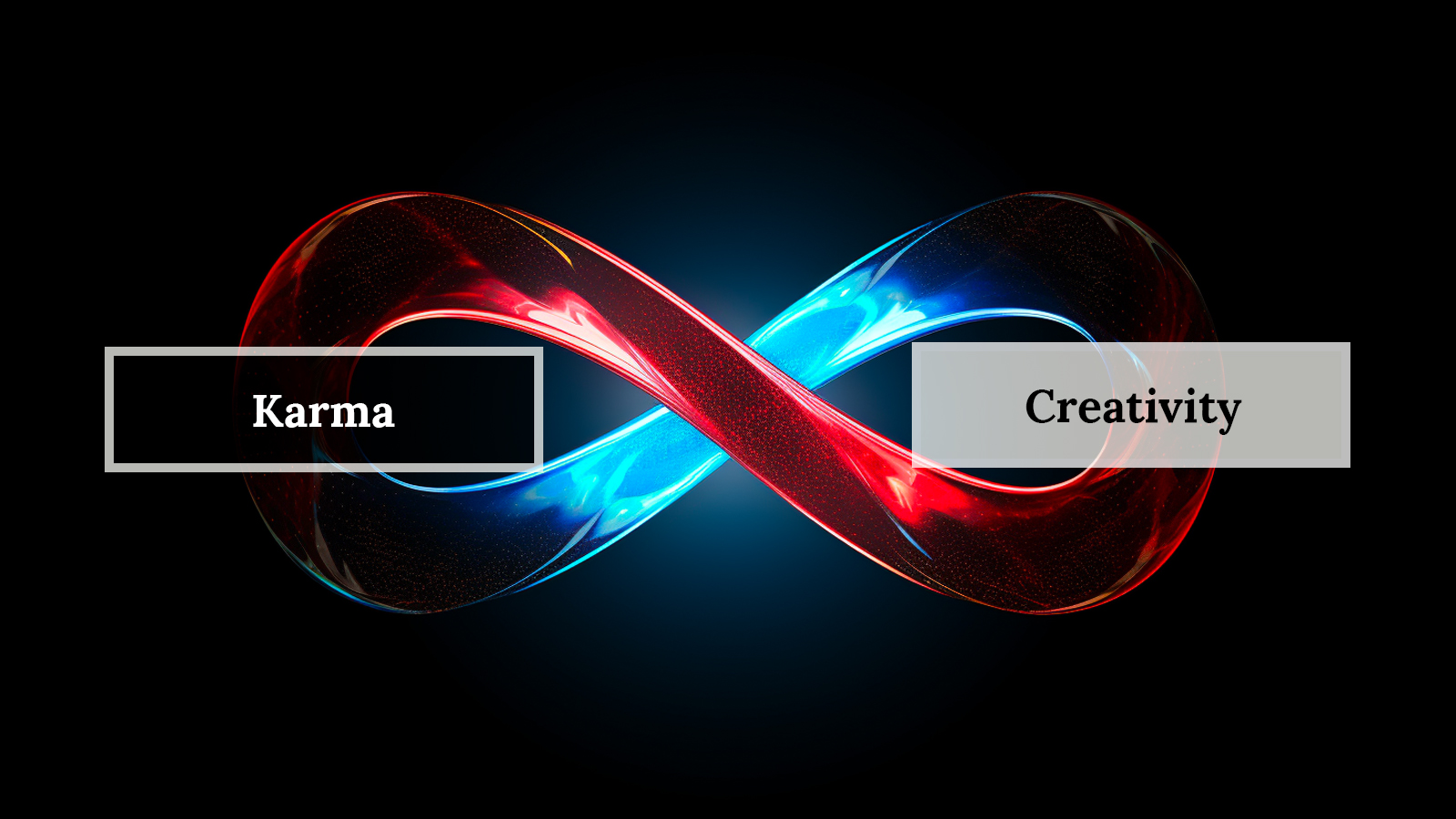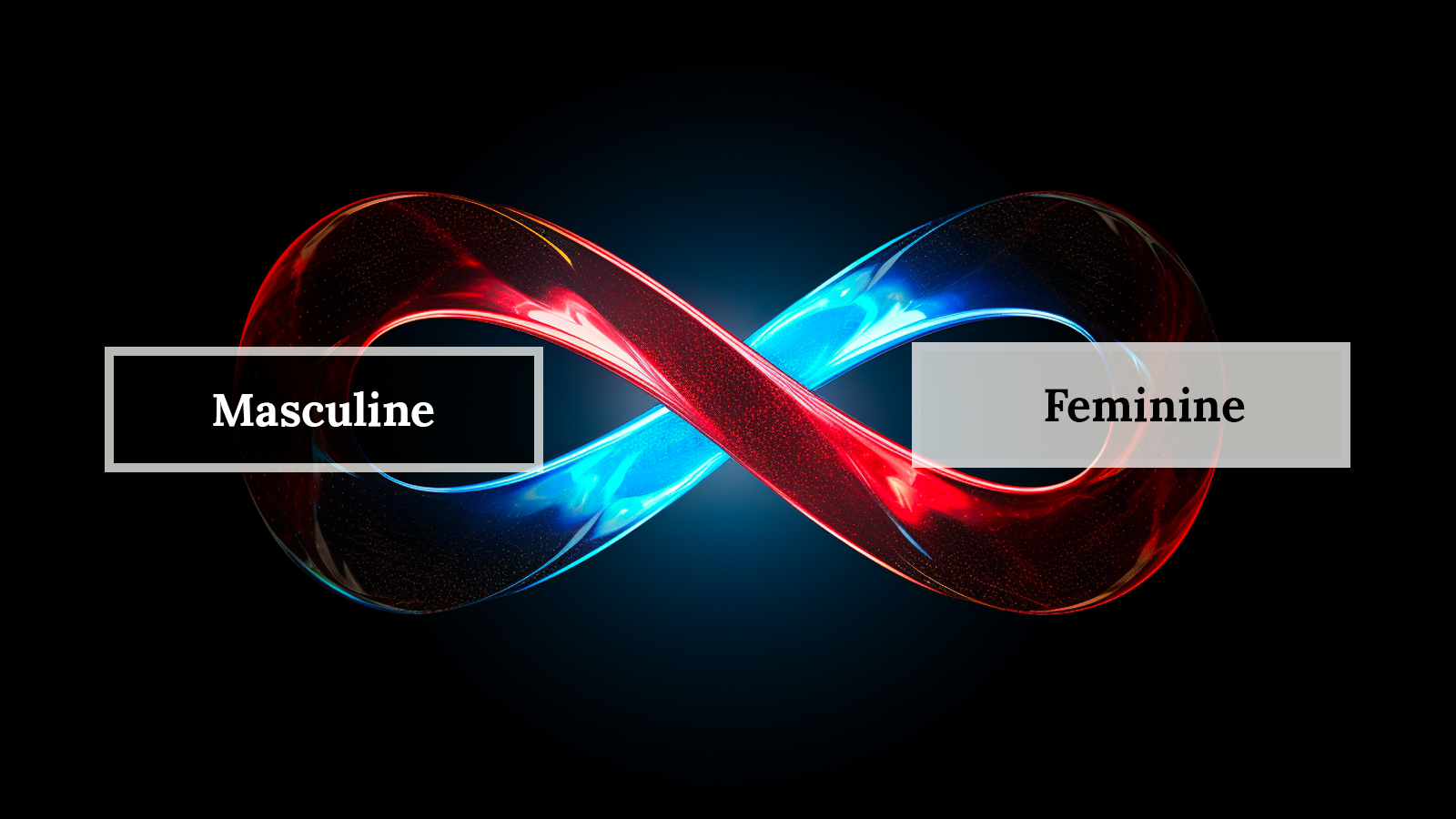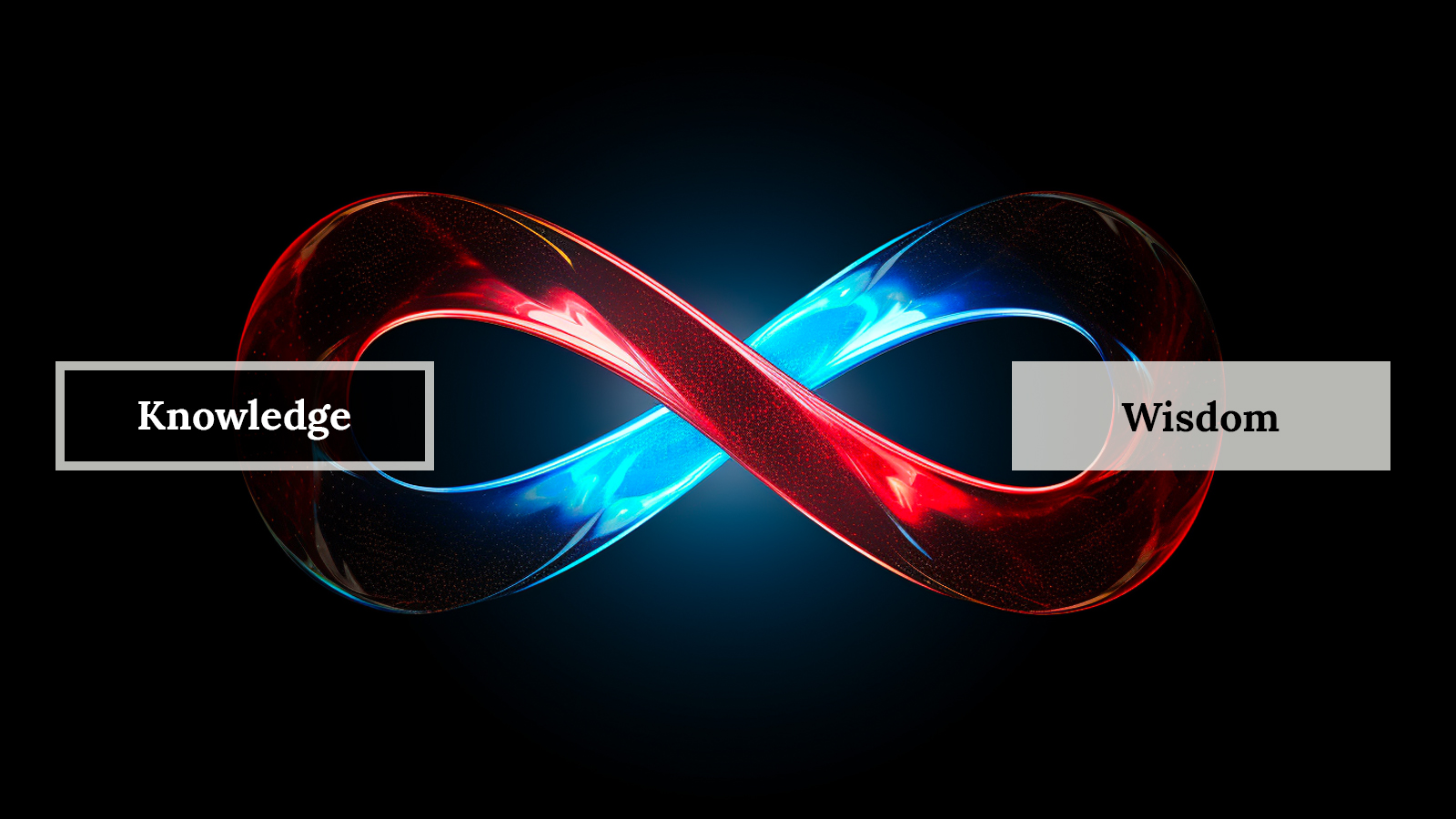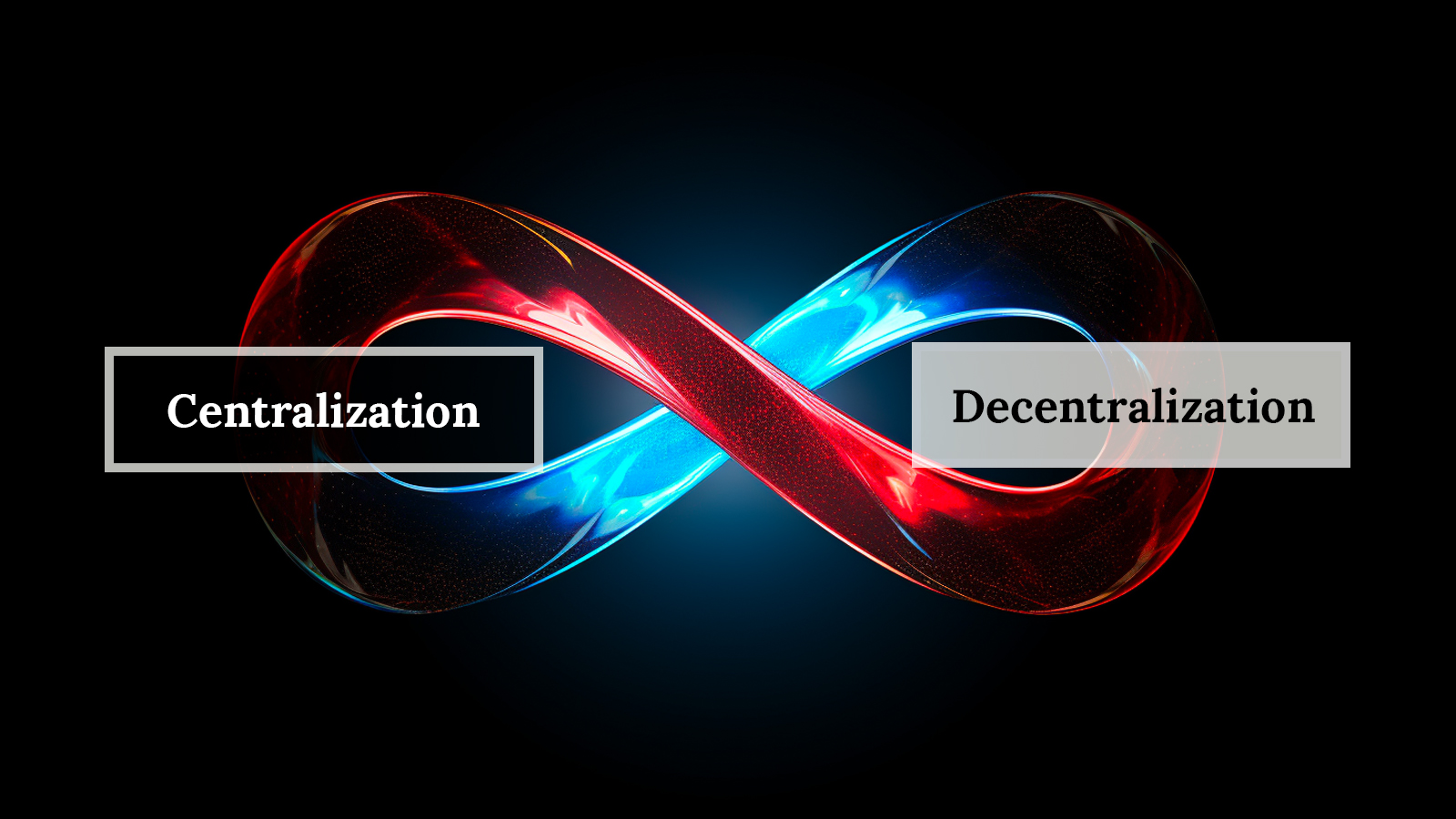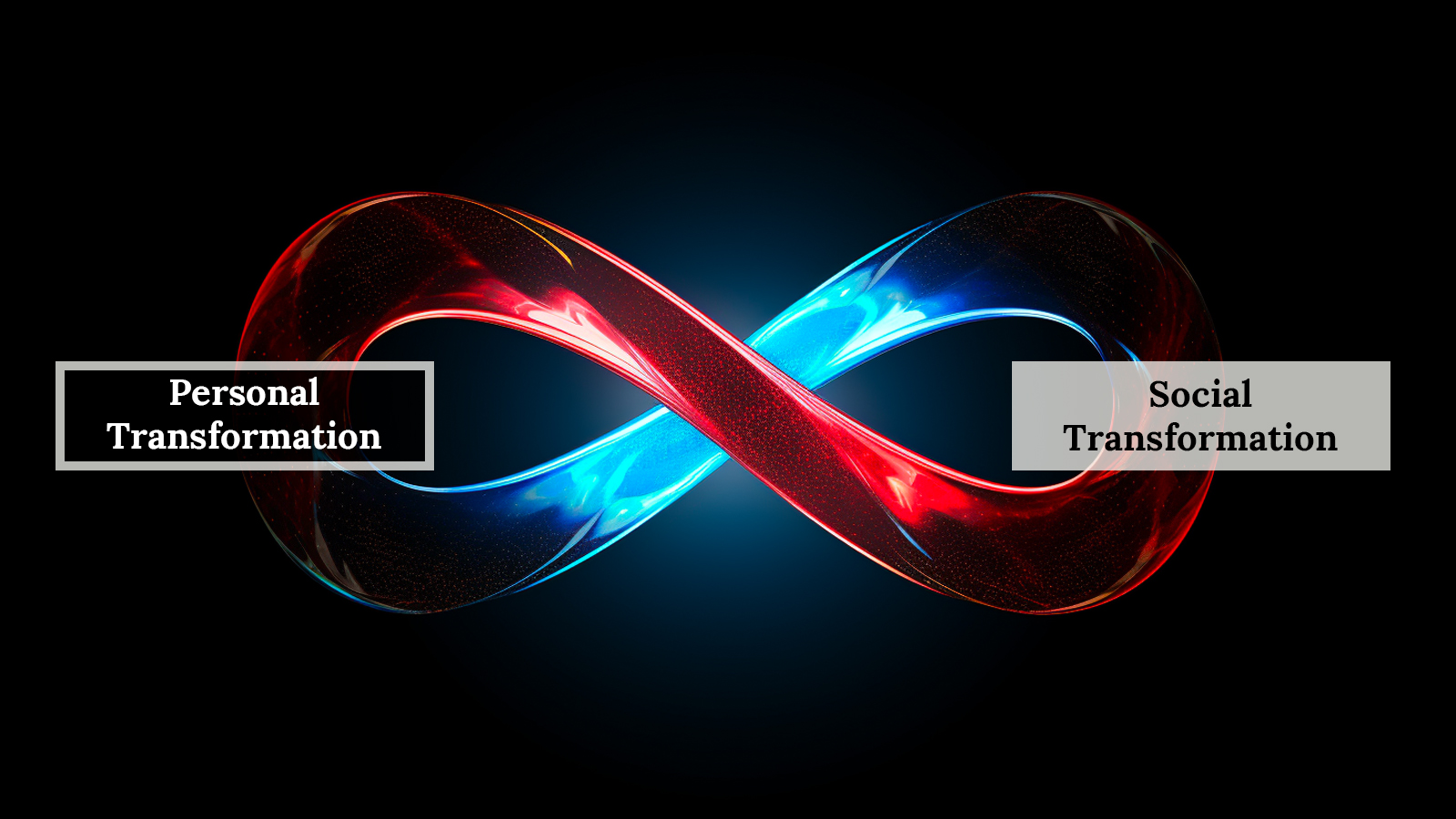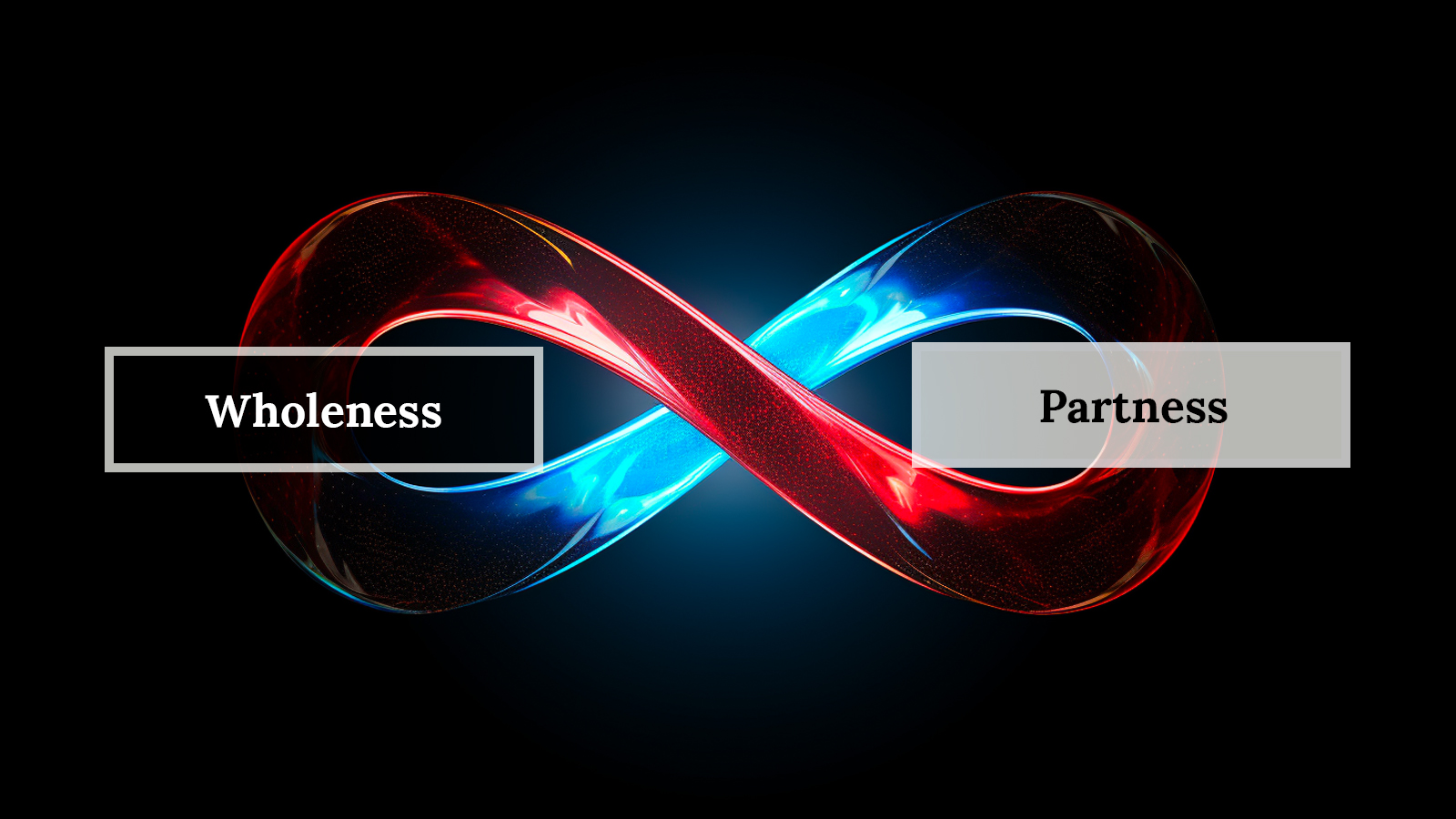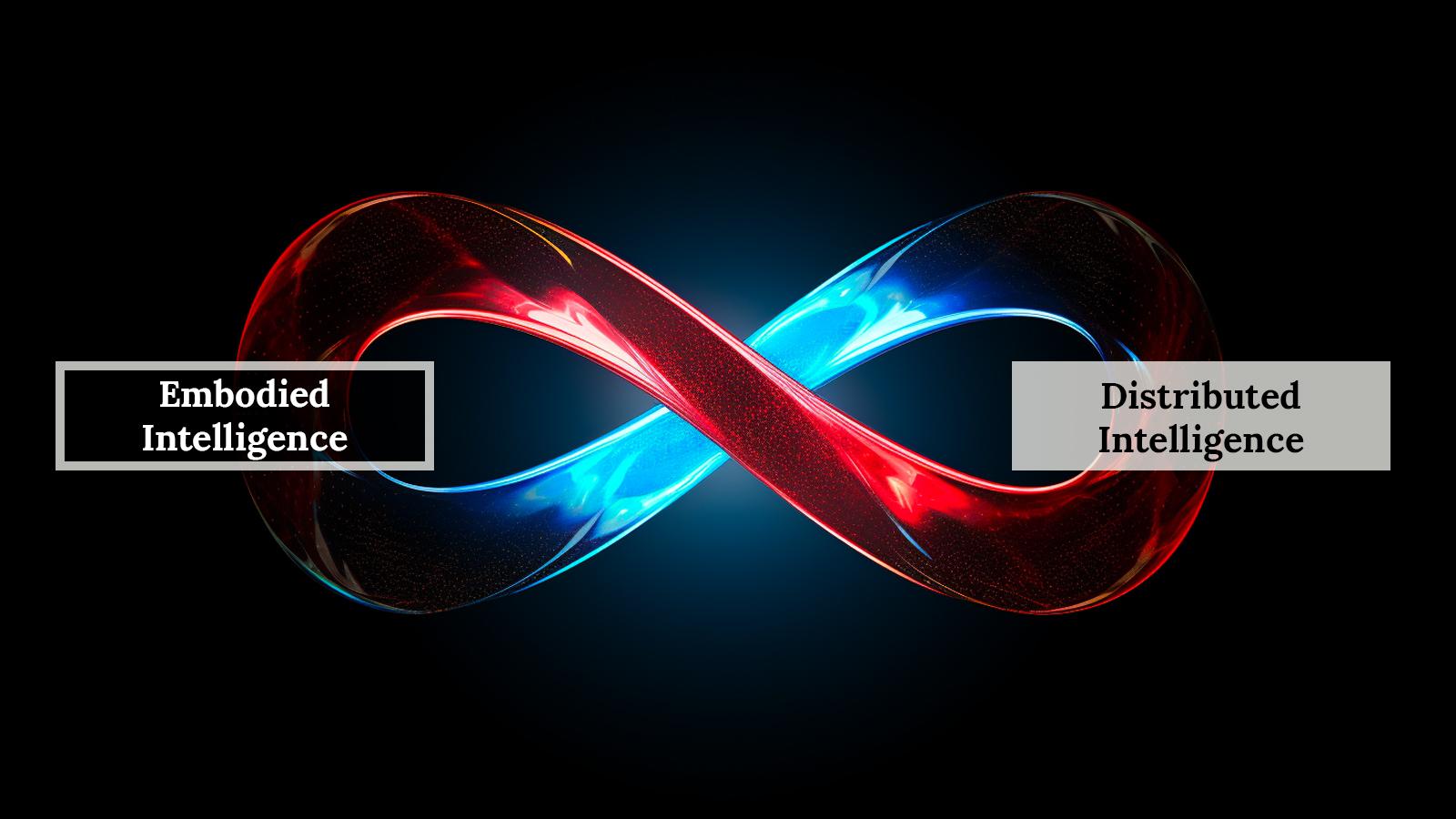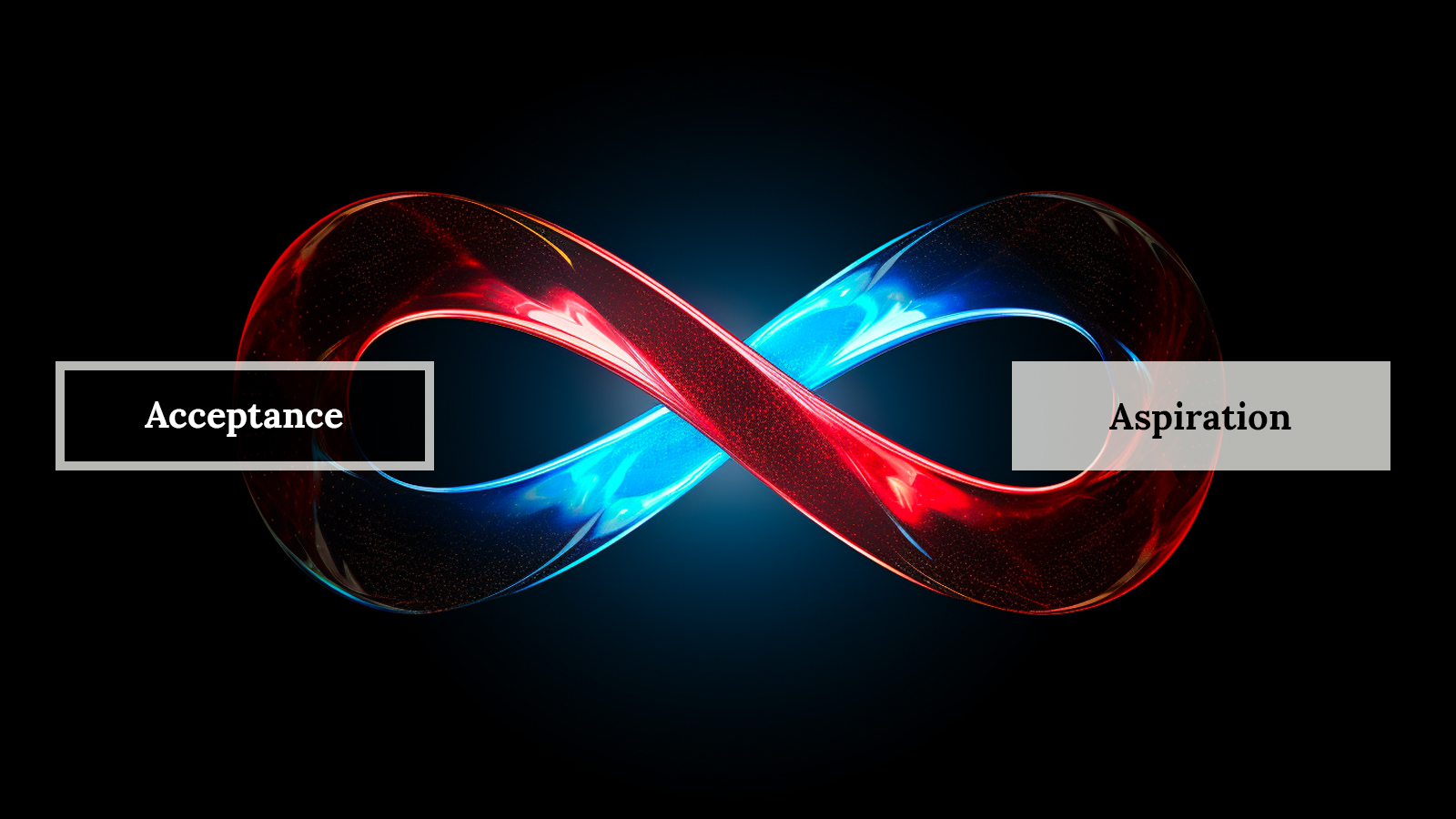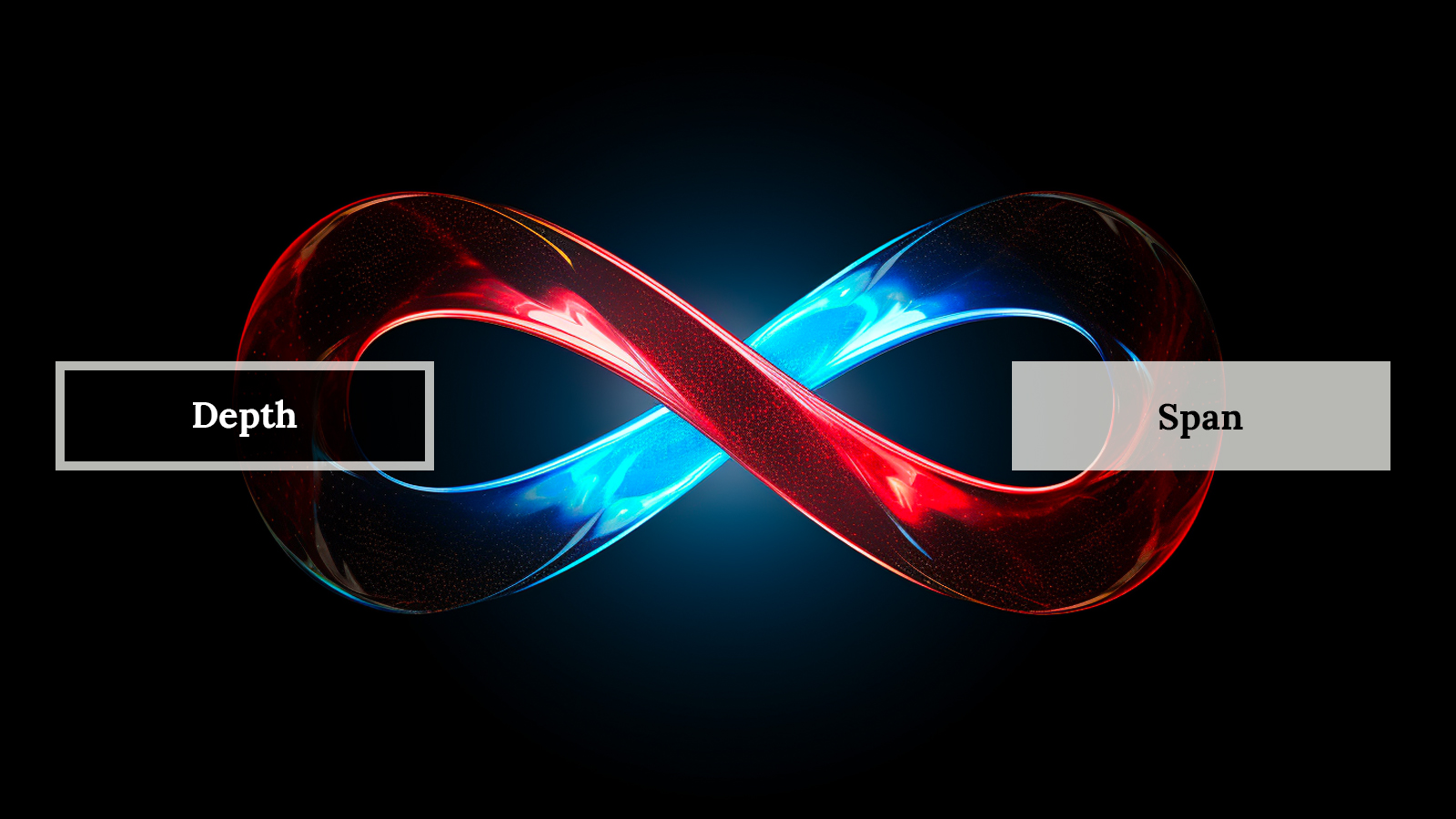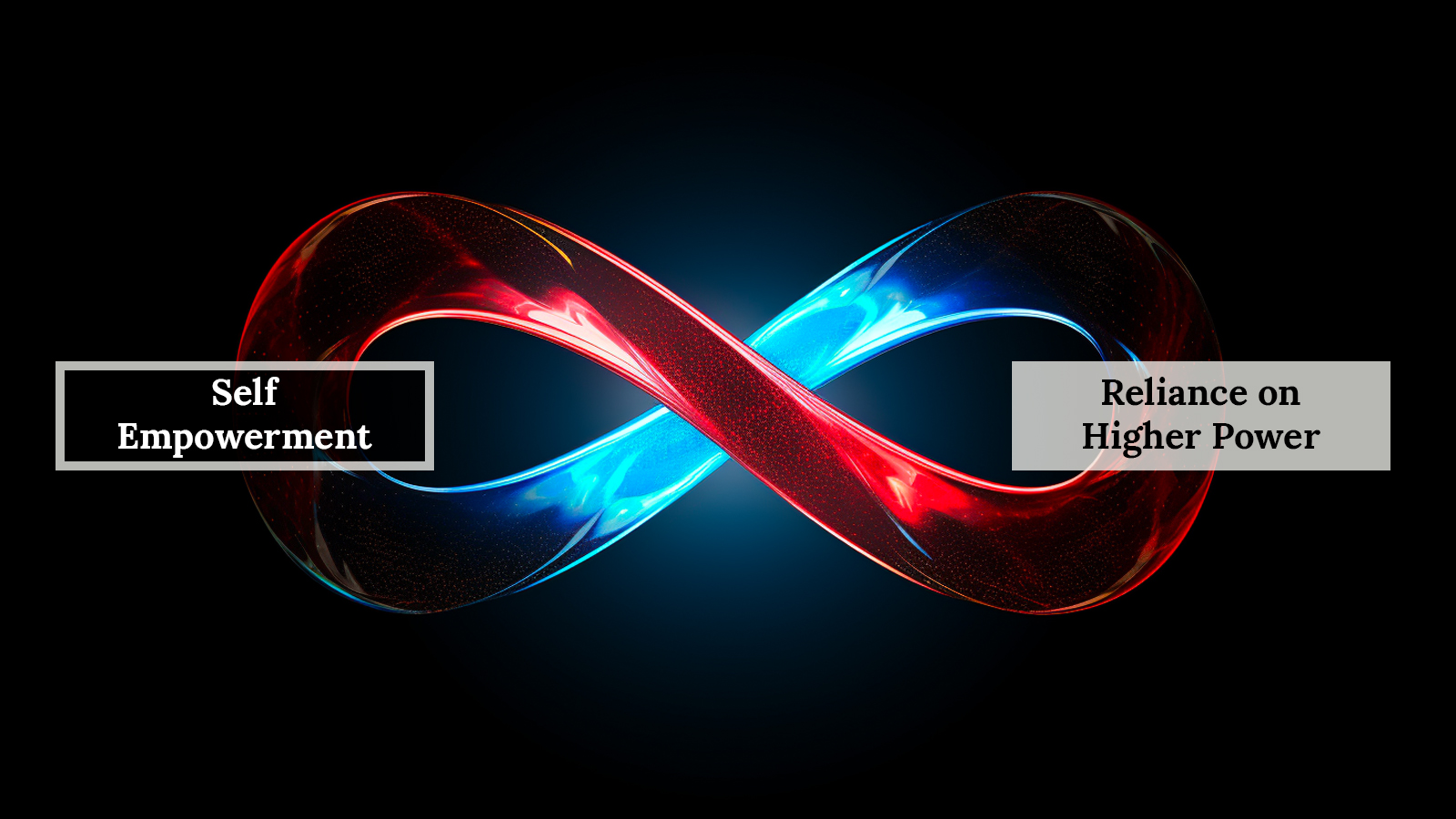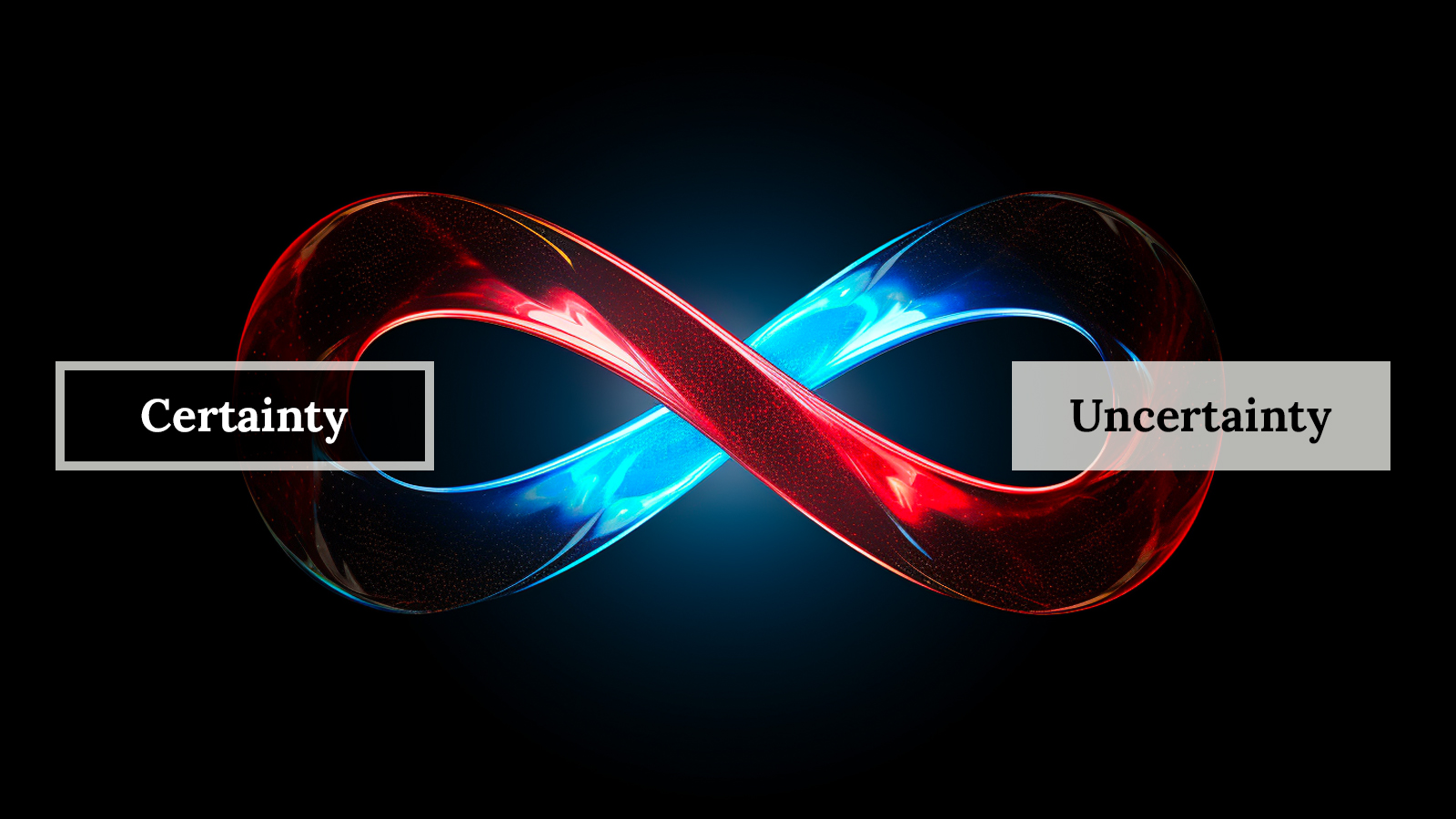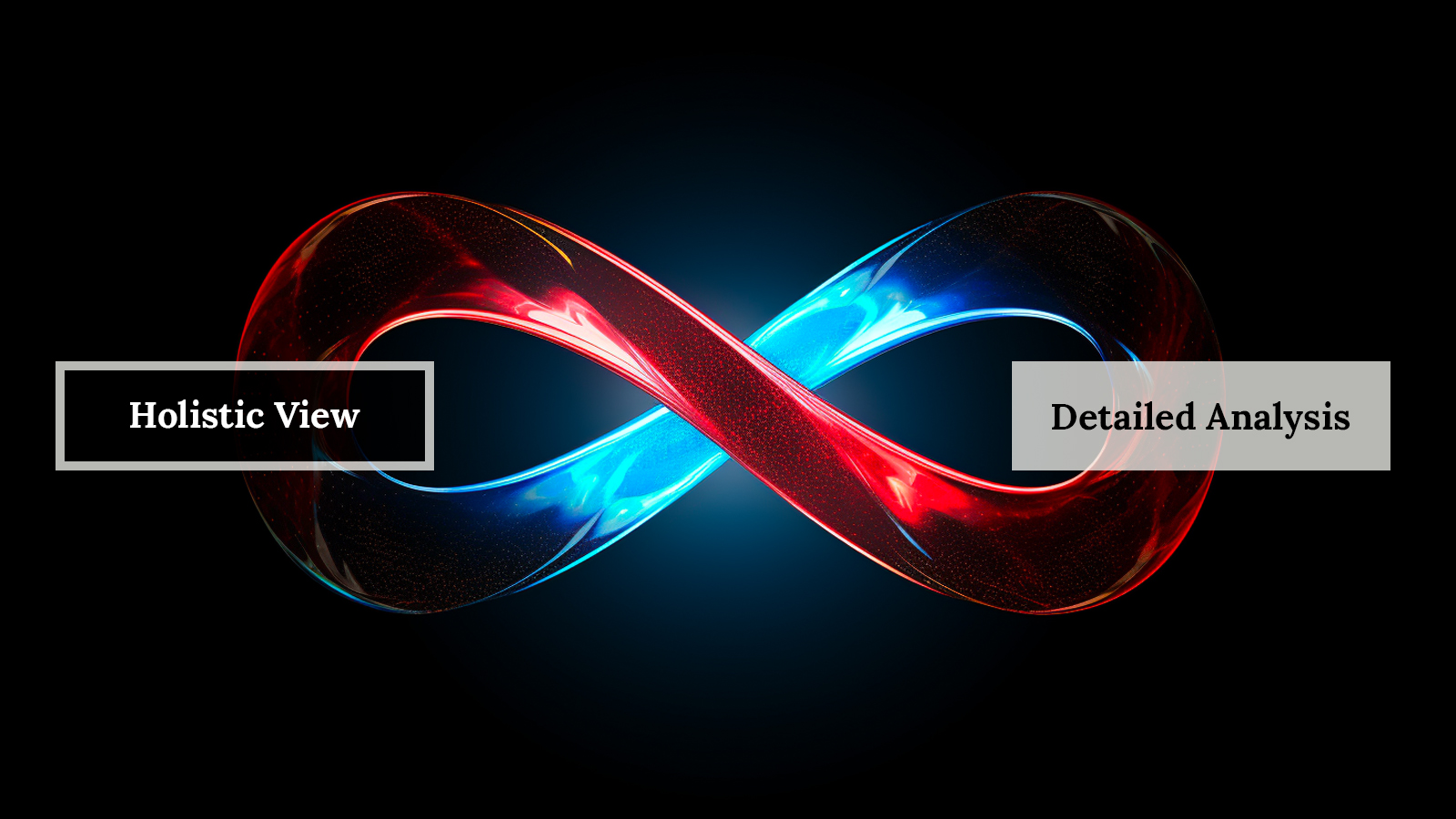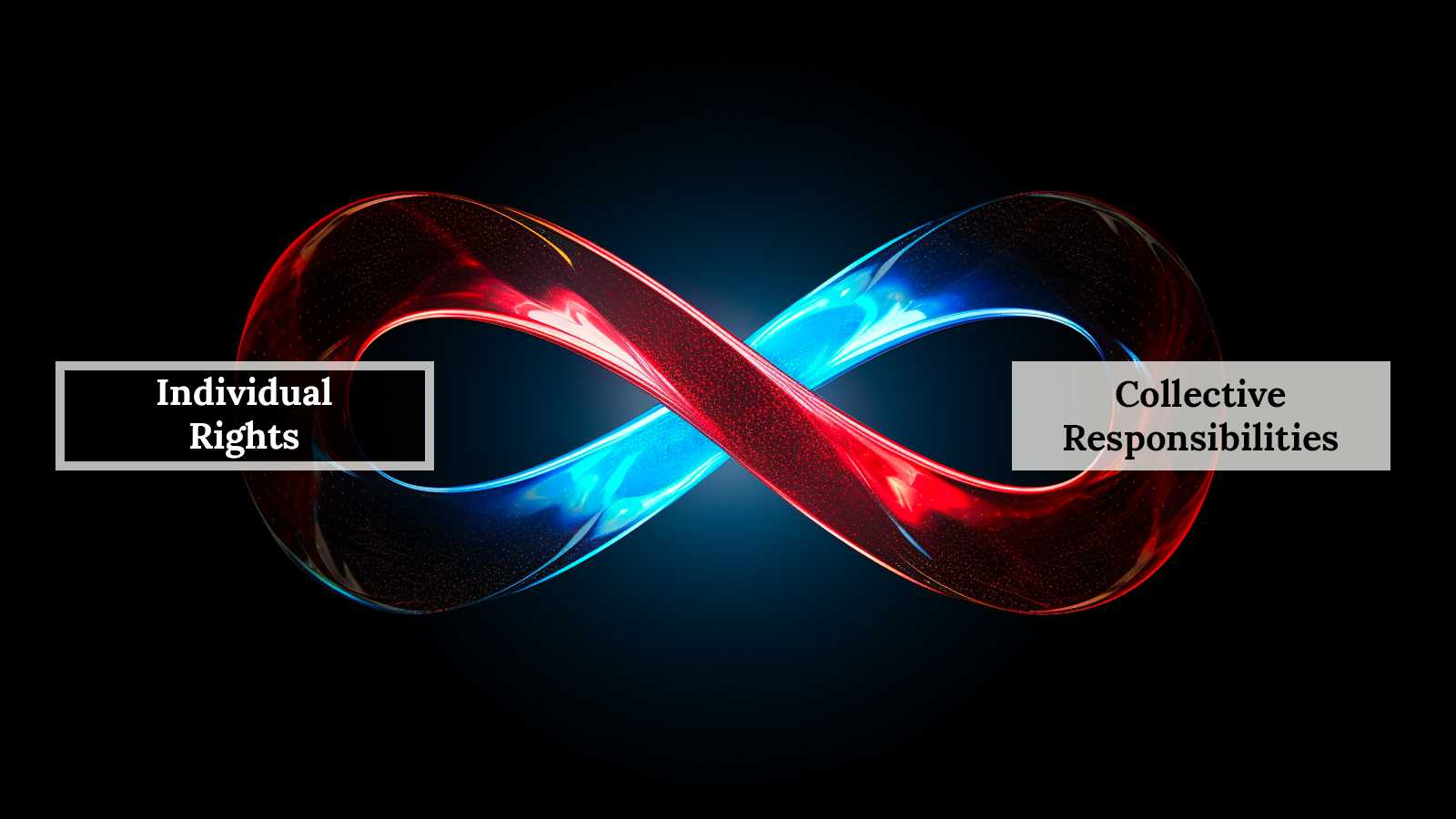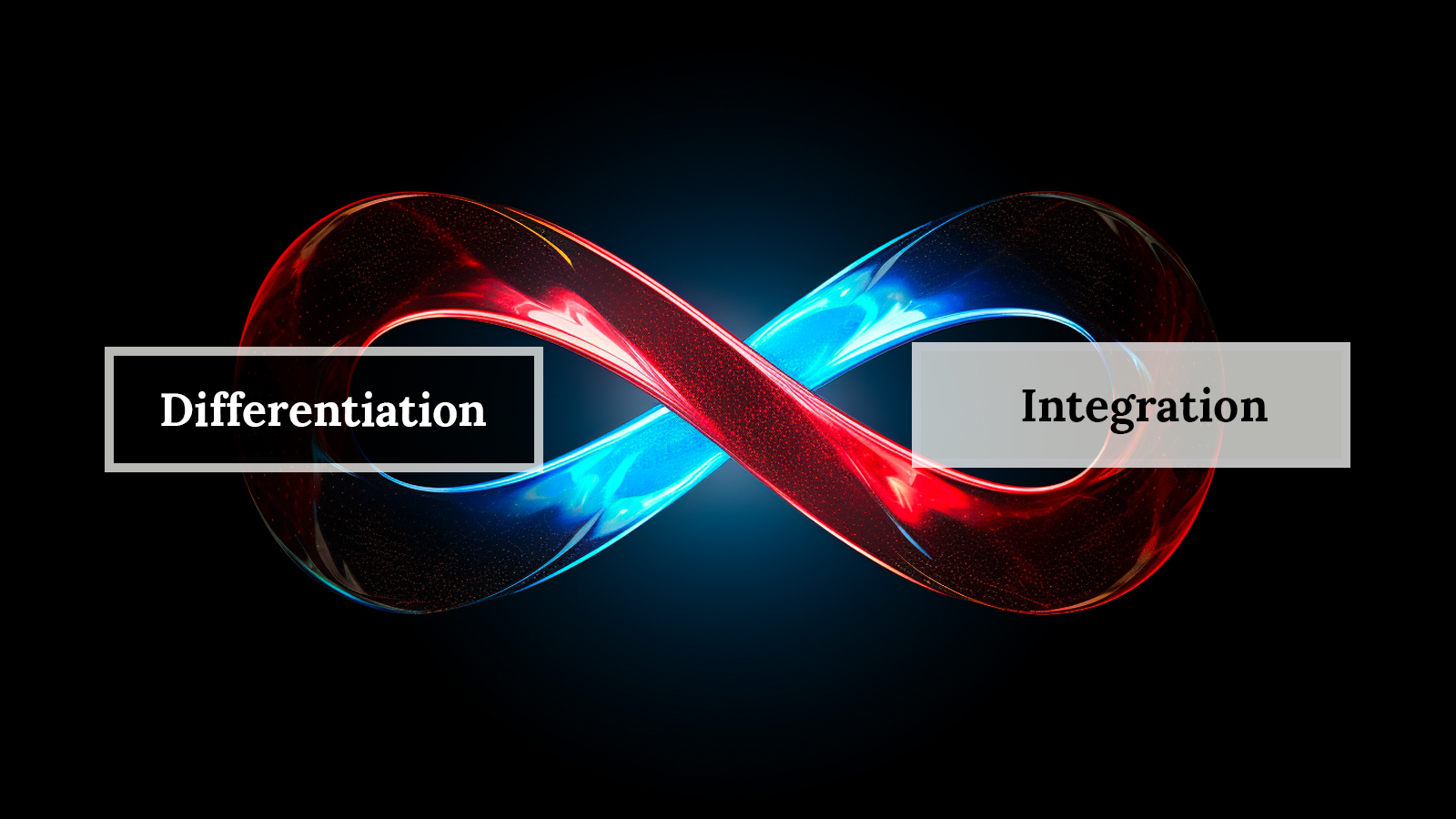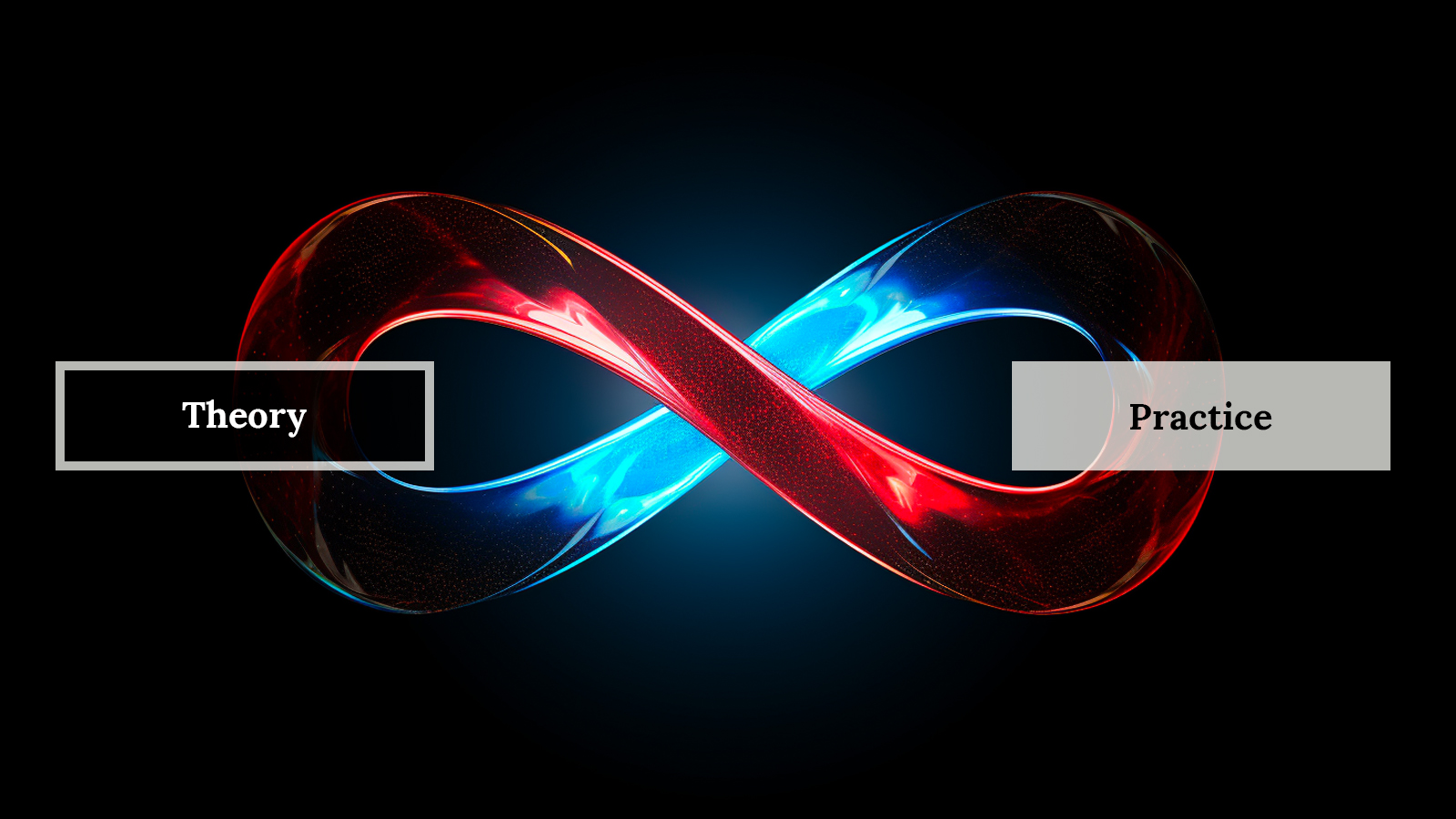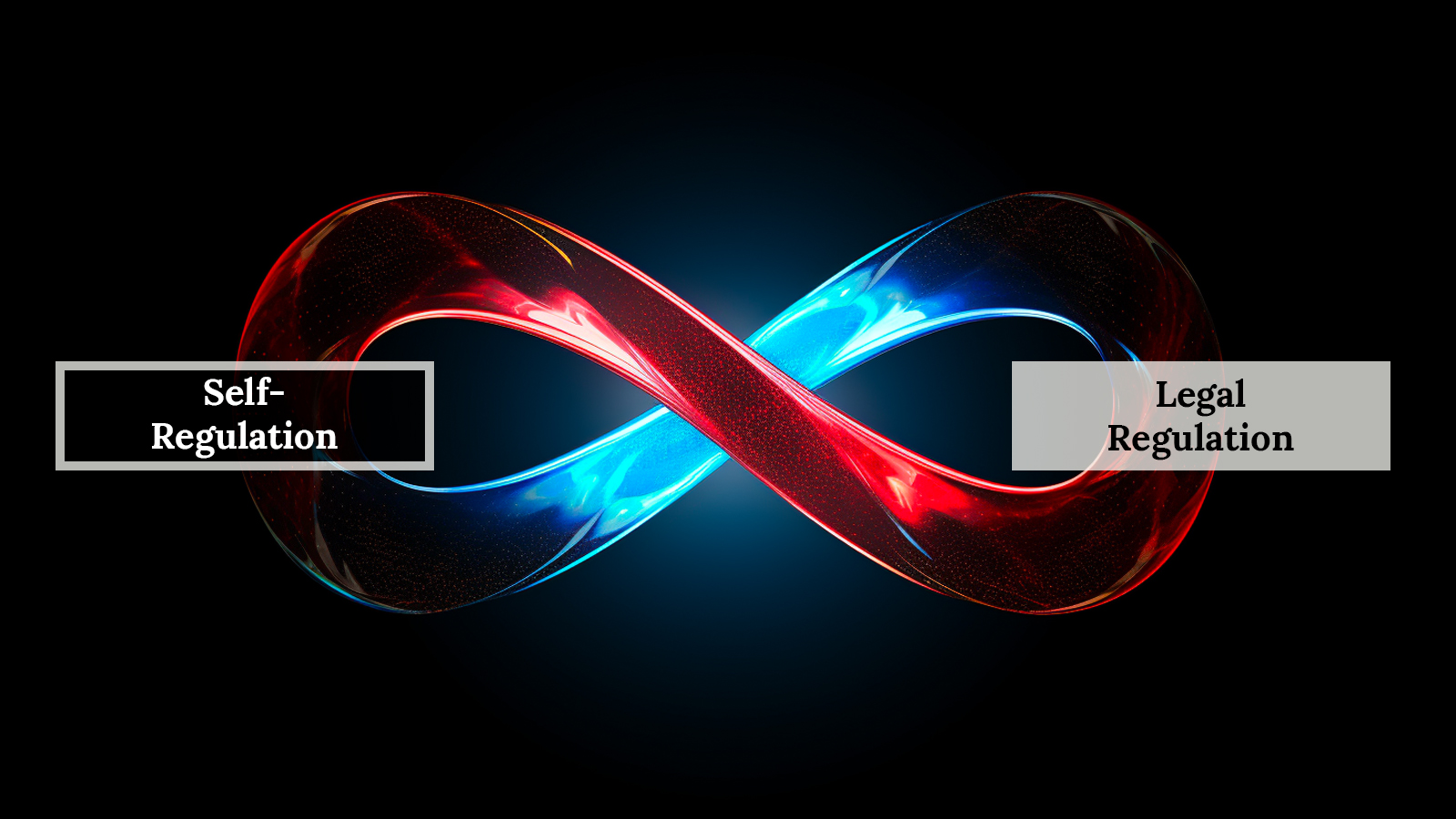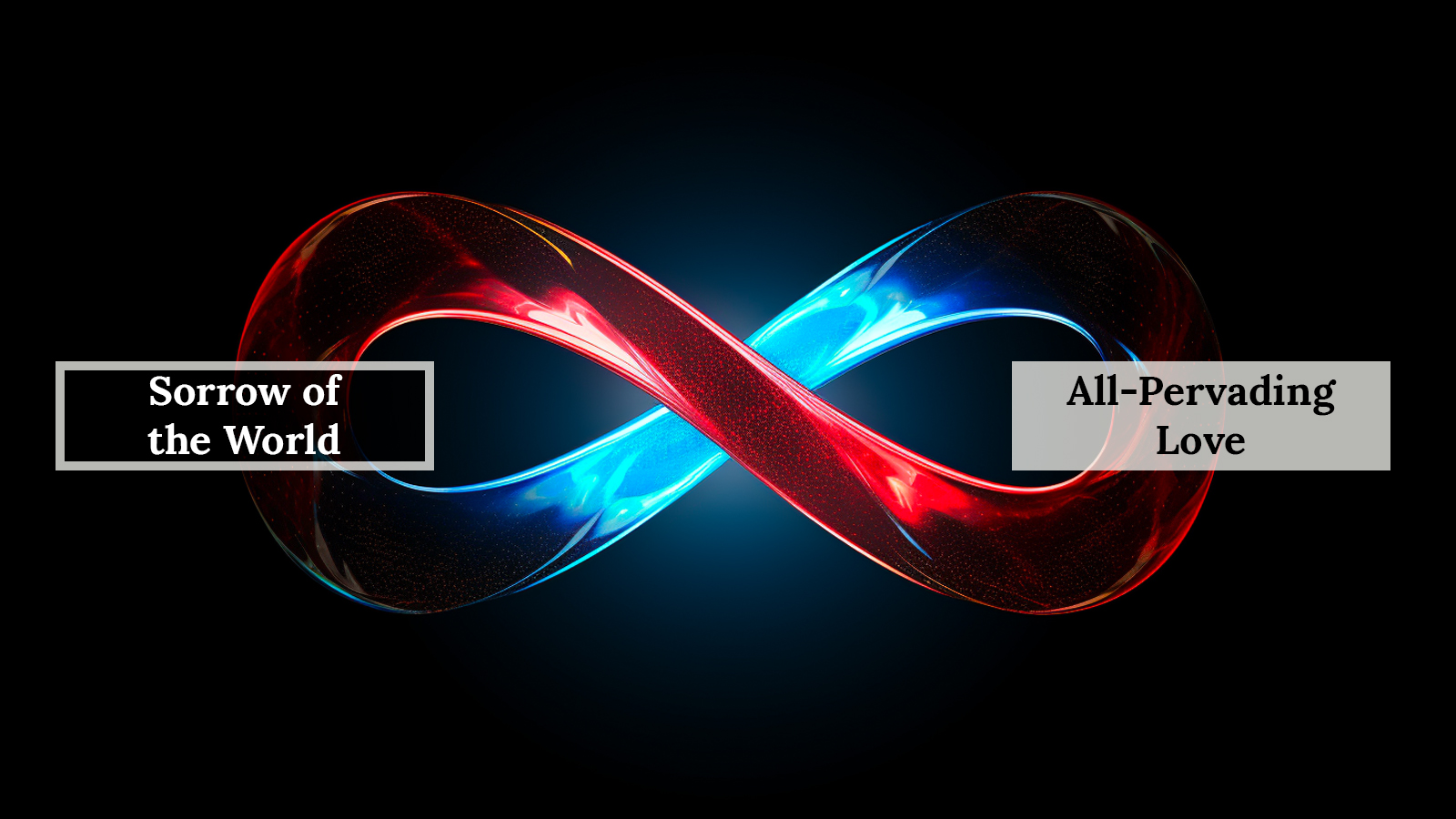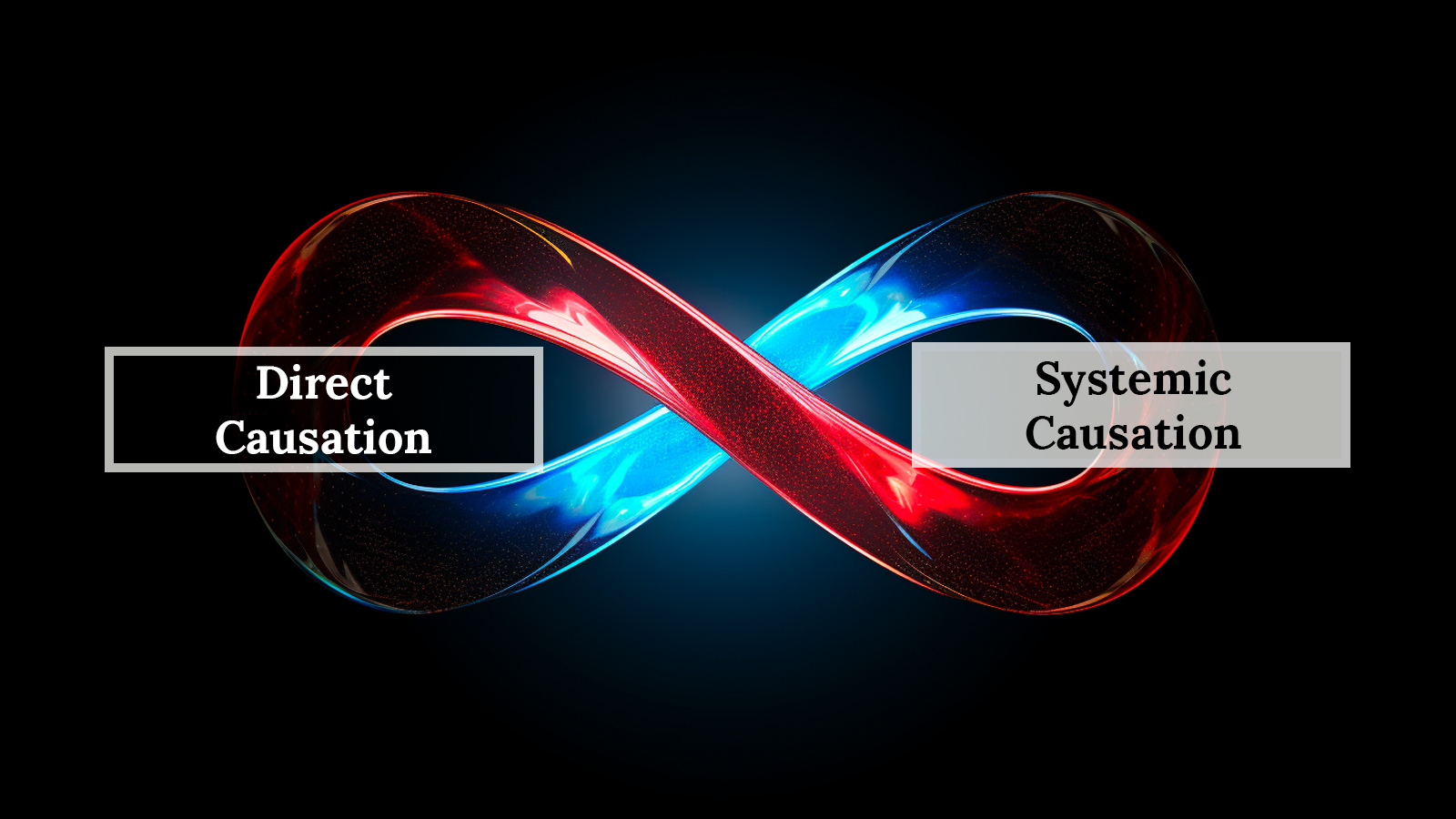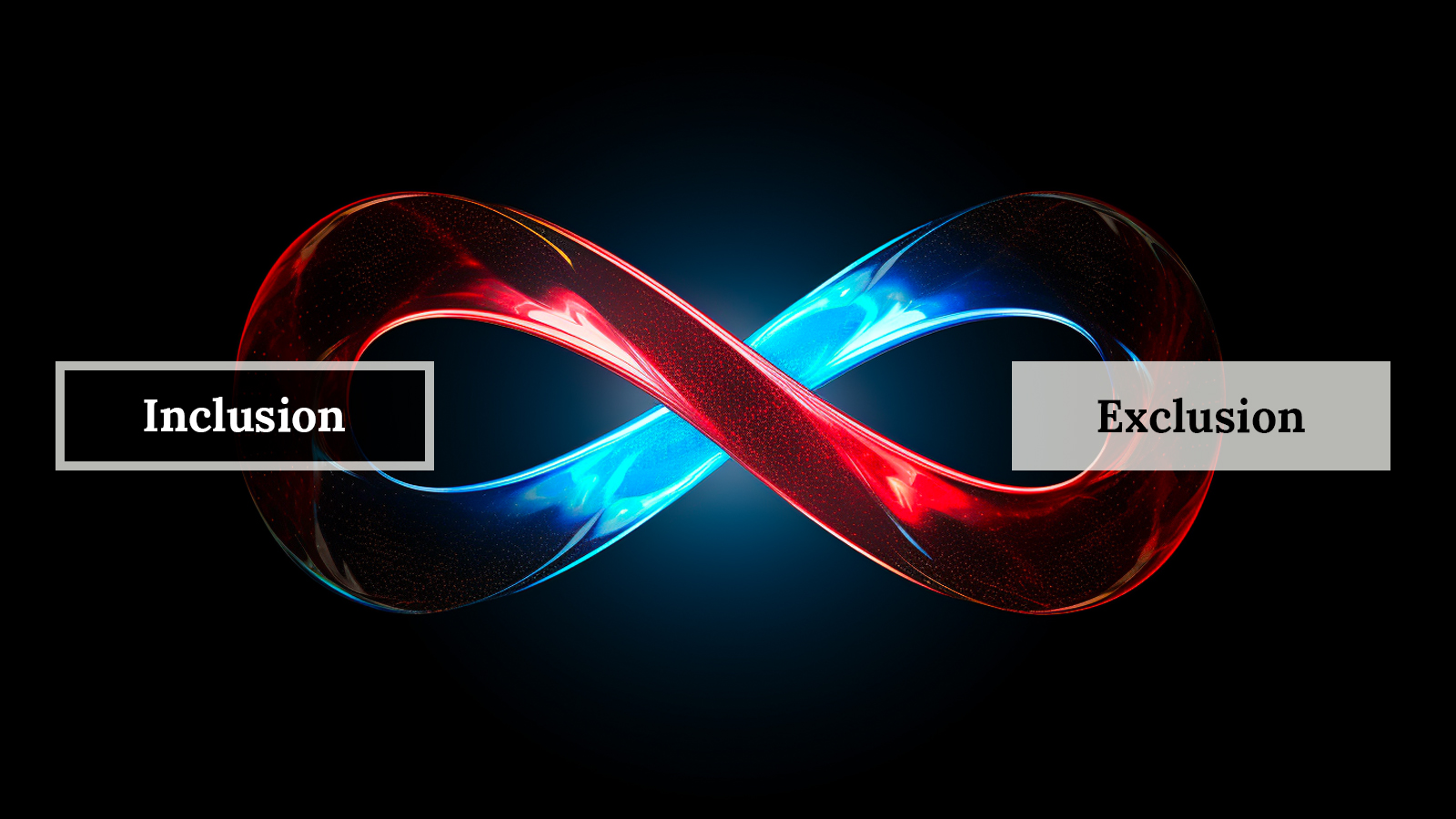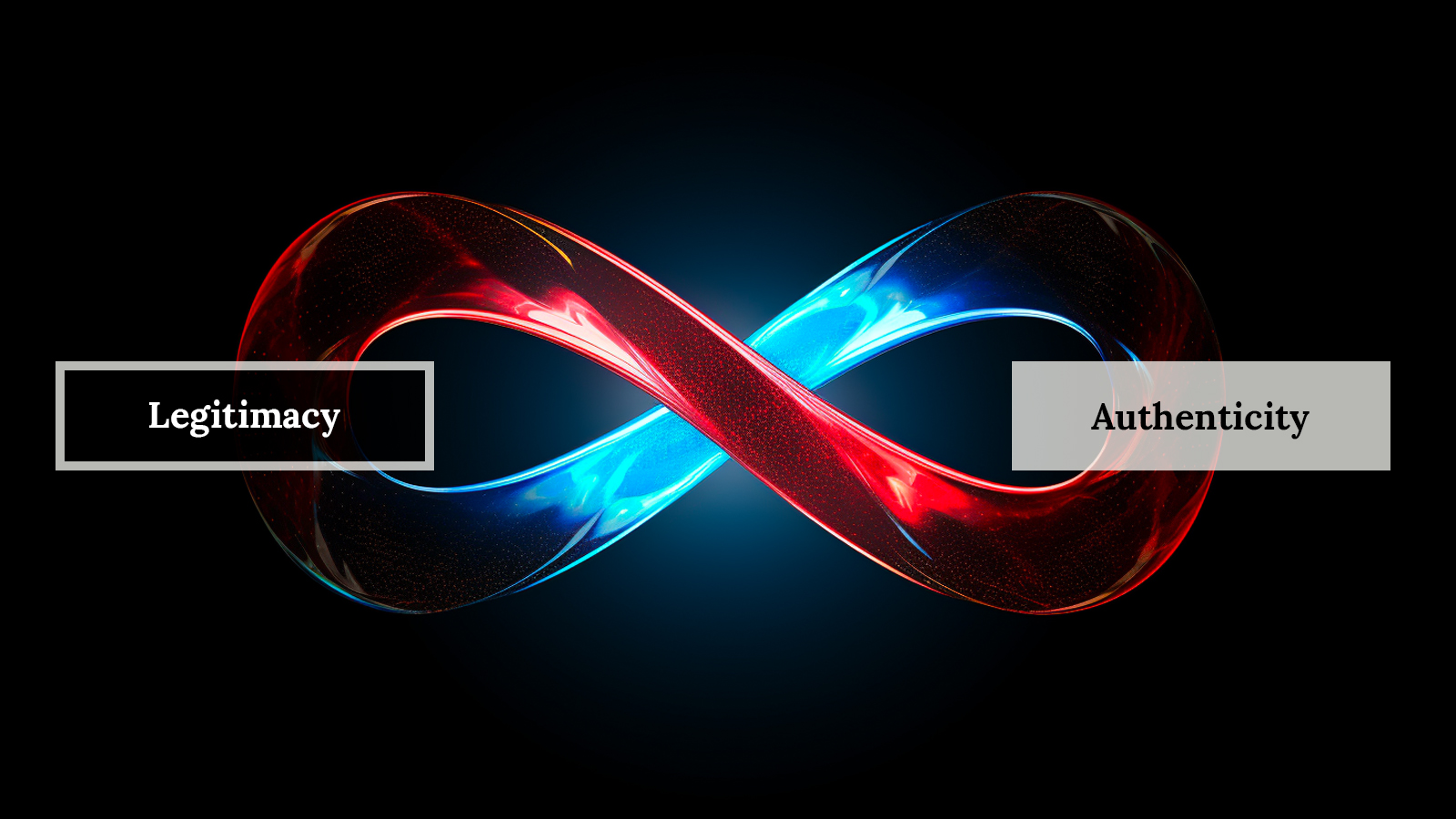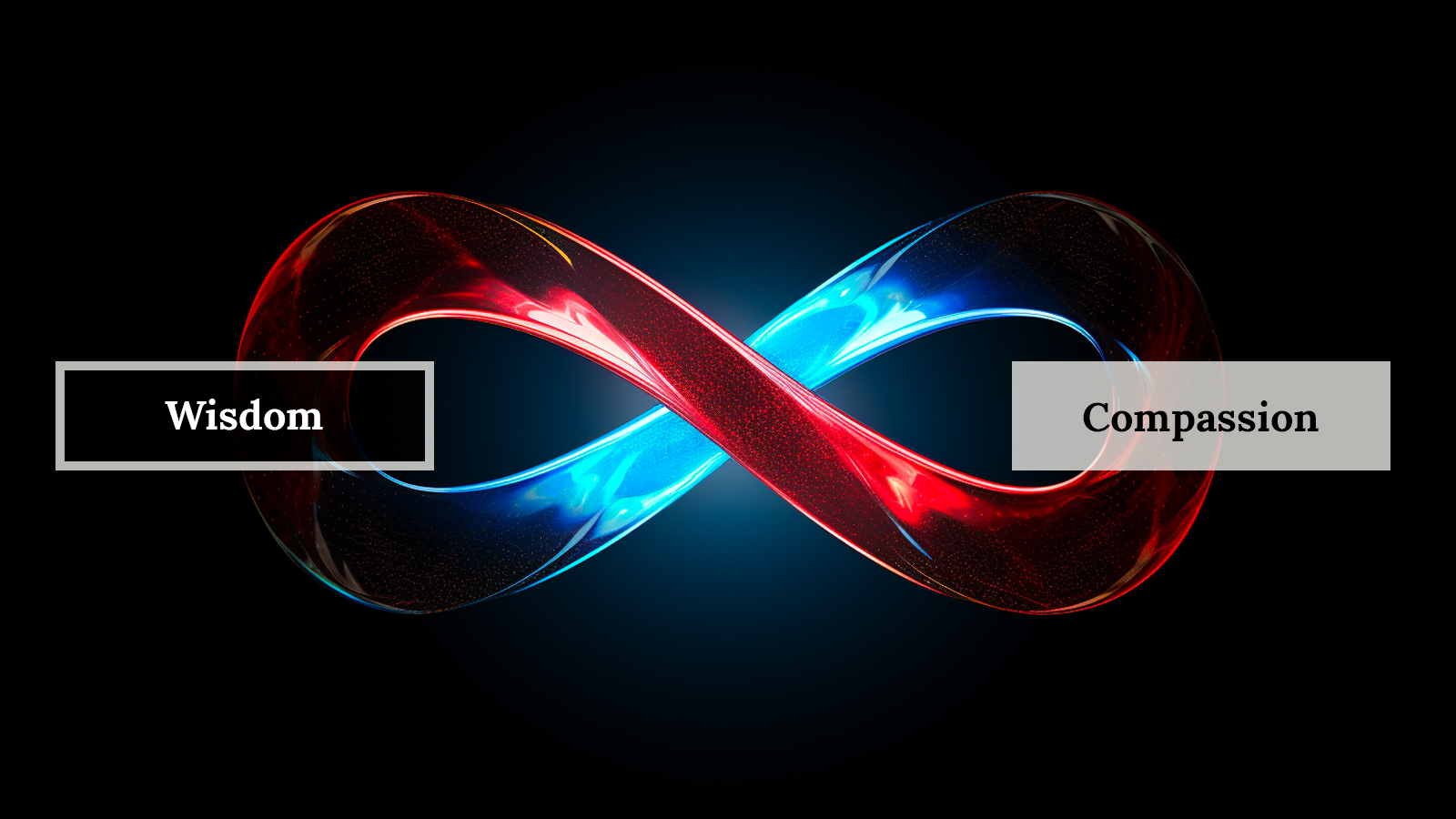|
Polarity Description
|
|
Agency and Communion represent a fundamental polarity in the evolution and development of holons (or “whole/parts”) across all scales and domains of existence. Agency refers to the drive for autonomy, self-preservation, and self-assertion of a holon, while Communion represents the drive for connection, integration, and participation in larger wholes. The dance between these two drives is essential for the health and evolution of all holons, from cells to organisms to societies. Integral Theory recognizes that agency and communion are not opposites but rather interdependent polarities, each with their own positive and negative expressions. The goal is not to choose one over the other, but to find a dynamic balance and integration that optimizes the unique gifts and minimizes the pitfalls of each pole. Understanding this polarity is key for navigating the complexities of growth and development in any domain. Agency is the drive for a holon to maintain its own boundaries, pursue its own goals, and express its unique identity and gifts. It is the force of differentiation, individuation, and creative self-expression. Healthy agency allows a holon to bring forth its singular contribution while maintaining its coherence and stability in the face of changing conditions. However, when agency is not balanced by communion, it can lead to isolation, selfishness, and a denial of the larger web of relationships in which the holon is embedded. Communion is the drive for a holon to connect, bond, and integrate with other holonic wholes at the same stage, in mutual support and contribution to larger wholes. It is the force of integration, relationship, and participation in something greater than oneself. Healthy communion allows a holon to receive nourishment and meaning through its engagement with others and to co-create novel emergent realities. However, when communion is not balanced by agency, it can lead to enmeshment, conformity, and a loss of autonomous identity. “Because every holon is a whole/part, it has two ‘tendencies’ or two ‘drives,’ we might say — it has to maintain both its wholeness and its partness. |
|
Integrated Polarity
|
| Dynamic Interdependence represents the optimal integration of agency and communion. It is a dance of differentiation and integration, autonomy and belonging, self-expression and co-creation. In Dynamic Interdependence, holons at all scales express their unique creativity and gifts while remaining in attuned, responsive relationship with the larger holarchies in which they are embedded. This is the recognition that “all agency is always agency-in-communion” – that the very existence and evolution of any holon depends on the dynamic interplay between its own creative expression and its participation in larger fields and systems. In the human realm, Dynamic Interdependence means showing up as a unique individual while also serving something larger than yourself. It is embodying your singular genius in a way that uplifts and evolves the whole. Leaders and visionaries who change the course of history are exemplars of Dynamic Interdependence – they break from conformity to advance a novel vision, and they build movements of collective action to manifest it. Ultimately, Dynamic Interdependence points to the fundamental non-duality of part and whole, individual and collective, agency and communion. These are not separate realities but complementary expressions of the evolutionary impulse that runs through all holons, driving them to greater wholeness and complexity. By aligning with this impulse and learning to embody Dynamic Interdependence, we become conscious agents of evolution, participating in the grand adventure of a Kosmos waking up to itself. “The agency of each holon establishes an opening or clearing in which similar-depthed holons can manifest to each other, for each other: agency-in-communion (all the way down).”Ken Wilber, Sex, Ecology, Spiritualty |
|
Disintegrated Polarity
|
|
Dissociation and Fusion represent the unintegrated polarity of agency and communion. In this state, holons oscillate between an overemphasis on autonomy to the point of disconnection, and an overemphasis on belonging to the point of enmeshment. Rather than a dynamic, responsive interplay between agency and communion, holons get stuck in either pole, unable to find a healthy balance. Dissociation occurs when a holon’s agency becomes rigidly bounded and cut off from the larger networks of relationships in which it is embedded. This can manifest as hyper-individualism, selfishness, and a denial of interdependence. Dissociated holons may pursue their own goals and desires without regard for the impact on others or the health of the wider system. At its extreme, dissociation leads to a fragmentation and breakdown of the larger holons in which the individual is embedded. Fusion, on the other hand, occurs when a holon’s communion becomes all-encompassing, to the point where it loses its own unique identity and agency. This can manifest as codependence, conformity, and a loss of autonomy. Fused holons may submerge their own needs and desires in service of the collective, leading to stagnation and a lack of adaptive creativity. At its extreme, fusion leads to the tyranny of the whole over the parts, and the suppression of individual expression. Examples of pathological agency and communion can be seen at the cellular level. Cancer is a clear example of pathological agency – cells that have become self-serving and dissociated from the rest of the body, proliferating without regard for the needs of the larger organism. Conversely, autoimmune disorders reflect pathological communion, where the cells of the immune system fail to maintain a clear boundary between self and other, and attacks the host body as a result. The key to avoiding the pitfalls of dissociation and fusion is to recognize the fundamental interdependence of agency and communion – that neither can truly exist without the other. When we understand that our own agency is always enabled and constrained by the larger systems in which we participate, and that our communion is enriched by the diversity and uniqueness of each participant, we can begin to embody a more integrated, dynamic expression of these polarities. By learning to flexibly move between agency and communion as conditions require, while always maintaining an underlying awareness of their interdependence, we can navigate the complexity of our world with greater wisdom, resilience, and creativity. |
|
Tips for Harmonizing
|
| To harmonize the polarity of Agency and Communion, it’s important to recognize and value both drives, and to consciously cultivate a balance between them, while also recognizing their ultimate interdependence. If you find yourself leaning too far toward Agency, take steps to nurture your relationships and participate in collective endeavors that are meaningful to you. Practice empathy and active listening, and make time for social connection and collaboration, while also bringing your unique perspective and gifts to these interactions. If you find yourself leaning too far toward Communion, focus on strengthening your sense of self and personal identity, while also recognizing how your individuality is supported by and contributes to the larger web of relationships and systems in which you are embedded. Set clear boundaries, practice assertiveness, and pursue goals and activities that are intrinsically rewarding to you, while also considering their broader impact. Regularly check in with yourself to ensure that you are honoring both your own needs and the needs of others, and adjust your behavior accordingly, recognizing the fundamental interdependence of self and other. |
|
Tips for Integrating
|
To integrate the polarity of Agency and Communion, engage in practices that cultivate Dynamic Interdependence. This might include:
The key is to approach these practices with an open and curious mindset, and to continually reflect on how you can bring greater awareness, skillfulness, and care to the expression of both Agency and Communion in all areas of your life. With ongoing practice and inquiry, you can develop an increasingly integrated and embodied understanding of the dynamic interdependence of self and world, and contribute to the ongoing coevolution of individual and collective wellbeing. |
Related Media
Holons: The Building Blocks of the Universe
Corey deVos
Join Corey deVos for this fun, fascinating, and far-reaching exploration of one of the essential cornerstones of integral theory — holons, or the apparently endless series of “part/wholes” that fundamentally compose reality as we know it. Accompanied by music, imagery, and animation, this presentation will not only help you better understand what a holon actually is (and what it isn’t!) but also how this understanding can radically deepen your appreciation for the natural world, and for all of the other holonic intelligences that exist alongside us on this planet.
From Polarization to Integration
Ken Wilber and Corey deVos
Ken Wilber and Corey deVos explore some of the causal factors behind so many of the regressive tendencies in our culture and politics these days, from new social pressures coming from social media technologies like Facebook, to the historic evolutionary trends that have formed and informed our major schools of political thought in the first place.
Recommended Training
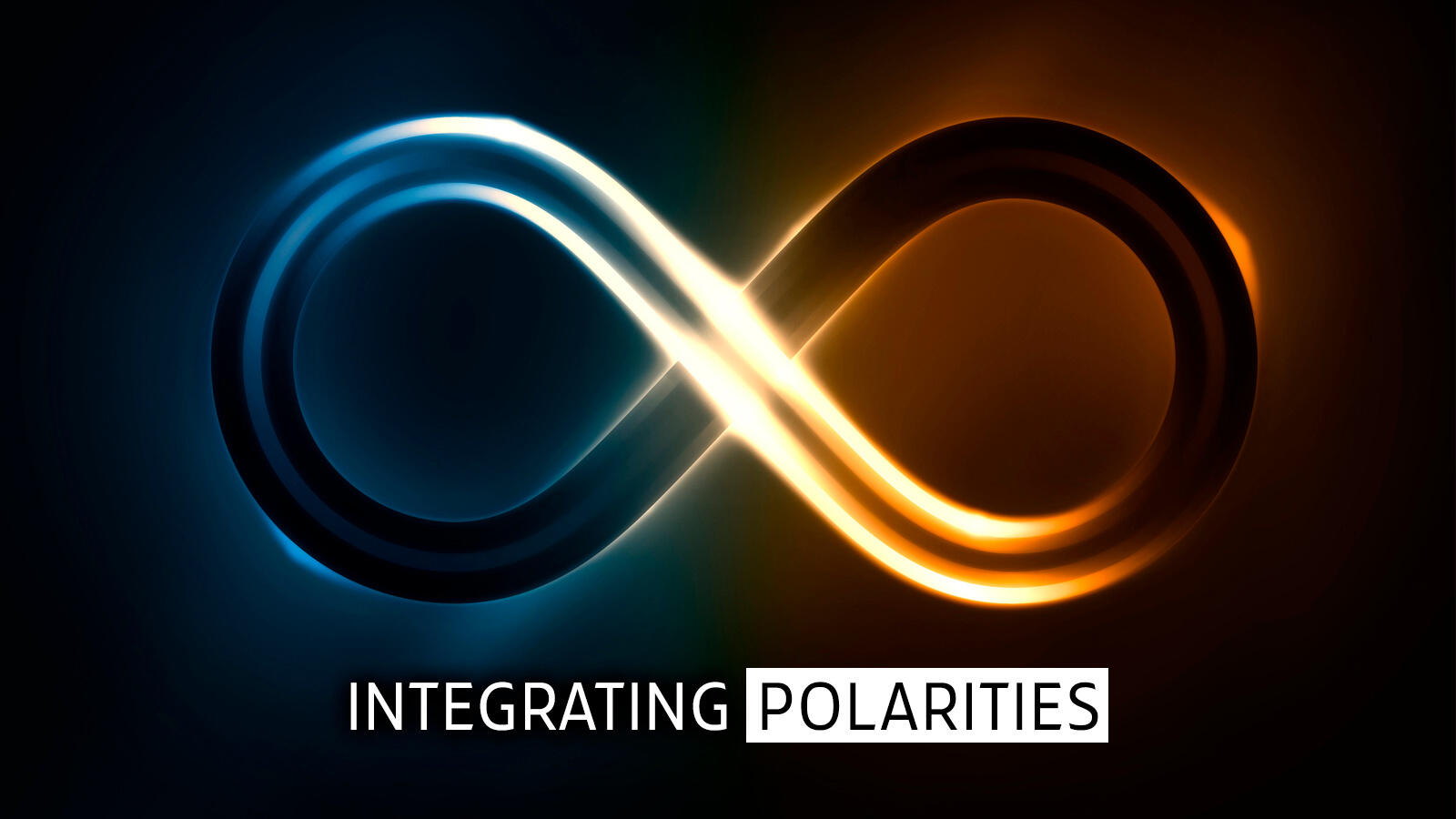
with Beena Sharma
Integrating Polarities is a revolutionary new training program by Beena Sharma, designed to teach you the higher-order thinking common to leading-edge individuals at the integral stage of development. This training is designed to model the higher-order thinking associated with integral stages of psychological maturity, offering you a step-by-step process to help you learn these thinking skills and apply them to your life, your relationships, and your work in the world.
Enroll Now
More Polarity Maps
About Corey deVos
Corey W. deVos is editor and producer of Integral Life. He has worked for Integral Institute/Integal Life since Spring of 2003, and has been a student of integral theory and practice since 1996. Corey is also a professional woodworker, and many of his artworks can be found in his VisionLogix art gallery.

